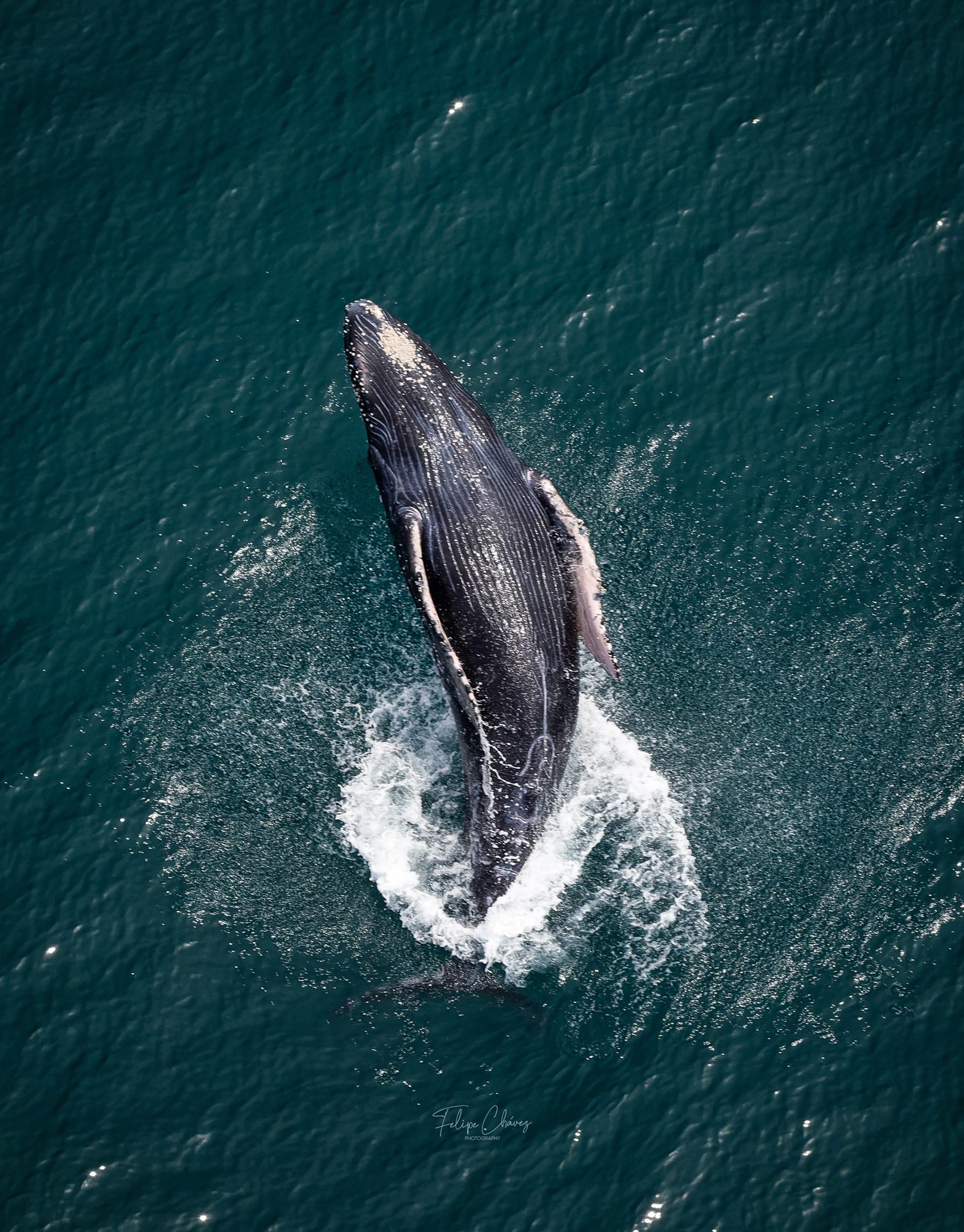
Whale Spotting on Many Bucket Lists
One of the most sought-after experiences in Costa Rica is watching a whale breach the surface of the Pacific. Better yet, a pod of whales gliding on the surface. Everyone wants to know, “Will we see one?”
No guarantees of catching this awesome experience are provided by catamaran operators, or on any kind of fishing or sightseeing adventure. However, there are some prime times of the year and locations that can make your gamble lean towards a higher probability rate.
In general, January, February, August and September are when whales are most active as they come to breed and raise their young. Other sources say June, July and August. You can check local Facebook groups for current information on times or the service provider you are using for your adventure for more precise timing advantages.
The endangered humpback whales that are common to Costa Rica waters are the North Atlantic St. Lawrence, Antarctic and California humpback whales. So why all the excitement to capture the longest migration of any mammal in the world as they surface in Costa Rica waters? Here are just a few reasons.
- Whales are the largest mammals in the world, so the “wow” factor in seeing one is also enormous.
- Observing whales reminds us of the beauty of creation.
- It thrills us, as spectators, to see whales in their natural environment living their “life.”
- With limited opportunities to see whales, when we do, it’s like “YES!”
Read more Howler whale stories
Hope for the Humpback and More Endangered Whale Species
Our New War Against Whaling
Rare Albino Whale in Costa Rica Draws Waves of Excitement
Entangled in Costa Rica: A Whale Rescue Documentary
A Playground for Whales: Ten Species Inhabit the Waters for Whale Watching in Costa Rica

